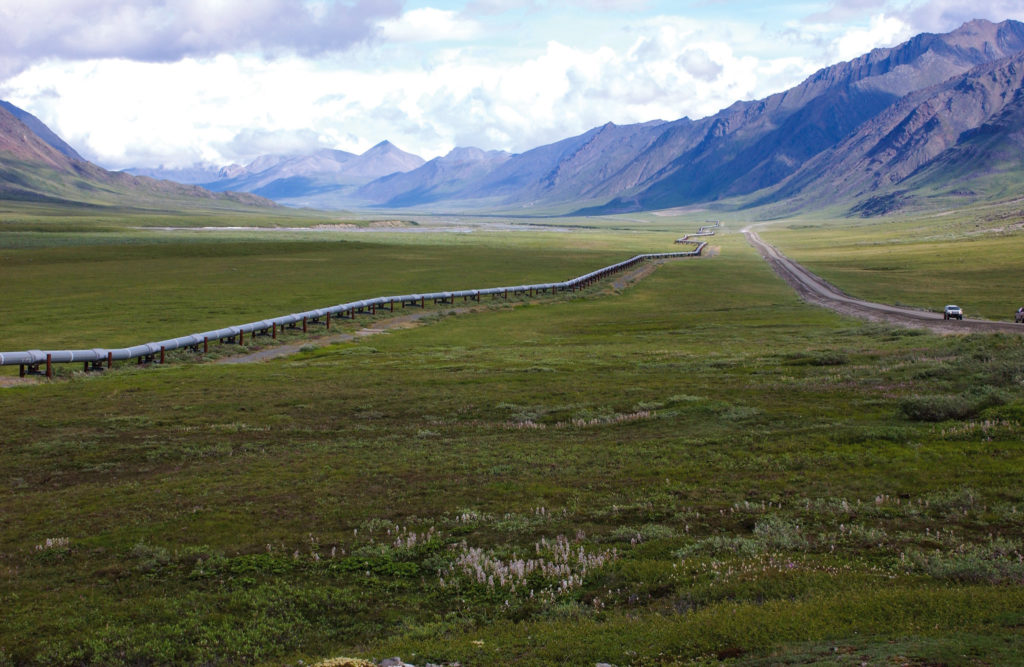In the Fraser Institute Study: Measuring Labour Markets in Canada and the United States, 2019 Edition

The Fraser Institute recently released a report, Measuring Labour Markets in Canada and the United States, which paints a troubling picture of Alaska’s economic performance in comparison to the rest of the United States and Canada. Measuring the health of Alaska’s labor market is a crucial first step to diagnosing our economic malaise — and seeking treatments founded in sound policy.
For each U.S. state and the provinces and territories of Canada, the report calculates an Index of Labour Market Performance, which is based on eight equally weighted metrics averaged over a three-year period from 2016 to 2018 (except average output per worker, averaged from 2015 to 2017):
- Average annual total employment growth
- Average annual private-sector employment growth
- Average total employment rate
- Average private-sector employment rate
- Average unemployment rate
- Average long-term unemployment
- Average share of involuntary part-time workers
- Average output per worker (2015–2017)
The index is reported as a score from 0 to 100, and intuitively, a higher score indicates a stronger performing labor market, and a lower score indicates a weaker performing market. For reference, Colorado had the highest overall index score of 81.0 out of 100.
So where does Alaska rank?
Alaska’s overall index score was 51.3 out of 100, ranking Alaska 46th out of 60 states and provinces surveyed. For comparison, our nearest neighbors were New Jersey (45th with a score of 51.9), and Wyoming (47th with a score of 51.1). Nine of the bottom 14 jurisdictions were Canadian provinces or territories, with merely British Columbia scoring higher than Alaska; considering just the 50 states, Alaska ranks 45th. While the overall score gives us a general measure of the health of Alaska’s labor market, examining the components determining this score will better illuminate potential areas of improvement.
The table below summarizes Alaska’s score and rank for each of the eight factors. The overall index score is calculated by an equally weighted average across all eight factors.
How Alaska Ranks on Eight Factors of Economic HealthAveraged from 2016 to 2018 |
||
| Percent | Rank (out of 60) | |
| Annual total employment growth | -0.6% | 57 |
| Annual private-sector employment growth | 0.1% | 52 |
| Total employment rate | 61.3% | 26 |
| Private-sector employment rate | 46.9% | 46 |
| Unemployment rate | 6.8% | 56 |
| Long-term unemployment | 20.1% | 28 |
| Share of involuntary part-time workers | 4.2% | 49 |
| Average output per worker (2015–2017) | $193,154 | 3 |
| TOTAL INDEX SCORE | 51.3 | 46 |
As the table shows, Alaska ranks in the double digits in all but one category: average output per worker. Alaska’s average output per worker from 2015 to 2017 was a whopping $193,154, placing us third behind New York (1st, $217,224) and Delaware (2nd, $203,076). Our total employment and long-term unemployment rates were in the upper half of the distribution, 26th and 28th respectively. Unfortunately, the remaining metrics were dismal, which dragged down Alaska’s total index score to slightly above 50 out of 100.
Our extremely high average output per worker can be explained by Alaska’s heavy participation in the energy sector — a disproportionate number of workers are producing high-value oil and gas, which raises the average per-capita output of our residents. Despite this, Alaska’s average total employment growth actually declined by 0.6 percent from 2016 to 2018, with only the province of Newfoundland & Labrador (1.5 percent) and Wyoming (1.6 percent) reporting greater declines in employment. Four states and two provinces reported declines in total employment, which is a troubling sign for Alaska’s economic health in relation to the nation. For comparison, the 30th state (the median) was Wisconsin, reporting 1.0 percent average total employment growth.
Also alarming is Alaska’s average unemployment rate, 6.8 percent, which is the 5th highest unemployment rate in the study (ranking the state 56th out of 60 for the U.S. and Canada). Importantly, Alaska was the lowest-ranked U.S. state — the four highest unemployment rates were all in Canadian provinces and territories, and Alaska tied for 5th with Nova Scotia. Alaska’s extremely high unemployment rate is evident when compared to the median state (ranking 30th), Wyoming, at 4.5 percent, and the 1st state, Hawaii, at 2.6 percent.
Though our workers are more productive on average than most of the nation, high unemployment and an alarming negative trend in employment growth hobble our economy and restrain our residents from reaching their full potential. If Alaskans want to live in a prosperous state, developing new employment opportunities that allow residents to flourish must be a priority.